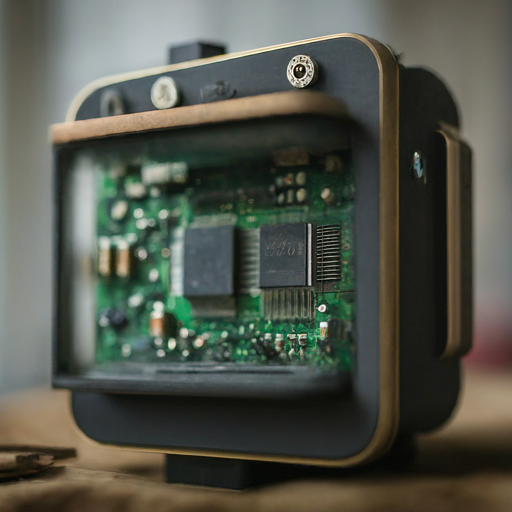The history of computing
Journey Through the History of Computing
Introduction.
In the fast-paced world of technology, it’s essential to understand the roots of the devices that have become integral to our daily lives. The history of computing is a captivating tale, marked by innovation, brilliant minds, and the relentless pursuit of efficiency. Join us on a journey through time as we explore the evolution of computing, from its humble beginnings to the sophisticated systems that define the digital age.
The Early Calculating Machines
-
The story begins with ancient civilizations, where early humans used devices like the abacus to perform basic arithmetic. However, the real leap in computational thinking occurred in the 17th century with the invention of mechanical calculating machines, such as Blaise Pascal’s Pascaline and Gottfried Wilhelm Leibniz’s stepped reckoner. These devices laid the groundwork for automated computation.

Charles Babbage and the Analytical Engine
-
In the 19th century, Charles Babbage, a visionary mathematician and inventor, conceptualized the Analytical Engine – a mechanical general-purpose computer. Though never fully built during his lifetime, Babbage’s design incorporated key elements of modern computing, including the concept of a stored program and an arithmetic logic unit (ALU).
Ada Lovelace and the First Computer Programmer
-
Ada Lovelace, often regarded as the world’s first computer programmer, collaborated with Babbage on the Analytical Engine. Her notes on the machine included the first algorithm designed for implementation on a machine. Lovelace’s work foreshadowed the role of software in future computing systems.

The Turing Machine and Alan Turing's Contributions
-
The 20th century witnessed significant strides in computing theory, notably with Alan Turing’s development of the Turing machine. Turing’s theoretical model laid the foundation for modern computer science, introducing the concept of universal computation and algorithms. His work became instrumental in breaking German codes during World War II.
The Electronic Era and ENIAC:
The post-war era saw the transition from mechanical to electronic computing. The Electronic Numerical Integrator and Computer (ENIAC), completed in 1945, was the world’s first general-purpose electronic digital computer. ENIAC marked a paradigm shift, utilizing electronic switches for computation instead of mechanical components.




Transistors, Microprocessors, and the Birth of Personal Computing
-
The invention of transistors in the 1950s revolutionized computing, leading to the development of smaller, faster, and more reliable computers. The subsequent creation of the microprocessor in the early 1970s by companies like Intel paved the way for personal computing. Devices like the Altair 8800 and the IBM PC brought computing power to individuals, sparking the home computer revolution.
7. The Internet and Networking
The late 20th century witnessed the birth of the internet, connecting computers globally and transforming communication. Tim Berners-Lee’s creation of the World Wide Web in 1989 further democratized access to information, changing the way people interact with technology.





Mobile Computing and the 21st Century
-
The 21st century ushered in the era of mobile computing, with smartphones and tablets becoming ubiquitous. These devices, coupled with the rise of cloud computing, have enabled unprecedented access to information and services anytime, anywhere.
Conclusion
-
The history of computing is a tapestry woven with the threads of ingenuity, persistence, and a relentless pursuit of innovation. From ancient abacuses to the powerful computers we carry in our pockets today, the evolution of computing has shaped the way we live, work, and connect with the world. As we stand at the precipice of an exciting technological future, it’s essential to reflect on the incredible journey that brought us to this digital age.



